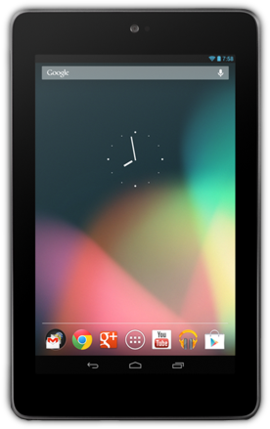Hello, thank you for watching my blog. I’m
afraid that this article is the end of this blog.
Last week, I show you the quantum computer.
I will show you “cloud computing” in this week.
Cloud means cloud (kumo, in Japanese) and expresses computer network (Internet).
Conventionally, a network is expressed with the figure of clouds in the image
figure of computer systems in many cases, and it is called origin. National
Institute of Standards and Technology (NIST) defines cloud computing as the
following. ”Cloud computing is one of the model which can access to a common
poor of computing resource which can construct a network, a server, storages,
applications, and services. And it is quickly provided by the minimum
management labor or the mutual operation between service providers, and you can
use it. While conventional using computer is that the users maintain and manage
their own hardware, software, and dates, Cloud computing is that the users are
given services beyond the Internet and pay a fee. The users should have only
minimum connection environment. Network between computers, actually carry out
the processing, is installed in the company which provides service.
Cloud computing is often classified the
following three kinds, SaaS, PaaS, and HaaS or IaaS.
SaaS : SaaS is providing software packages go through to
Internet. (For example, E-mail, groupware, CRM etc…) There are “Salesforce CRM”,
“Microsoft Online Services”, and “Google Apps”.
Paas : PaaS is providing the platform for carrying out
applications. It is the application server and database which were virtualized.
A user can arrange and use own applications.
There are “Google App Engine”, “App Scale”, “Windows Azure”, “Amazon S3”, “Amazon
Dynamo DB”, and “Amazon Simple DB”.
HaaS and IaaS : HaaS and IaaS are providing the
infrastructure and hardware go through to the Internet. It is server
virtualization, desktop virtualization, a shared disk, etc. A user can
introduce and construct the system including operating system. There is “Amazon
EC2”.
The services provided the form of cloud
computing are called “Cloud computing service” or simply “Cloud service” and
the enterprise which provide the services is called “Cloud service provider” or
simple “Cloud provider”.
The word, Cloud computing, appeared in 2006
by Eric Emerson Schmidt who is former CEO of Google. But the form which provides
computer processing in the form of service by a network course exists before.
It is time sharing system in 1960s, VAN in 1980s, ASP and SaaS in 1990s.
Advantages
Provider: low cost, low fee.
User: A user loses necessity of holding, designing and
developing an own computer, the hardware and software, and equipment, and also
performing maintenance and managing.
Problems
A network obstacle, Bankruptcy of provider
Cloud computing is developing now. It will
change the form of Internet conveniently in the future.







